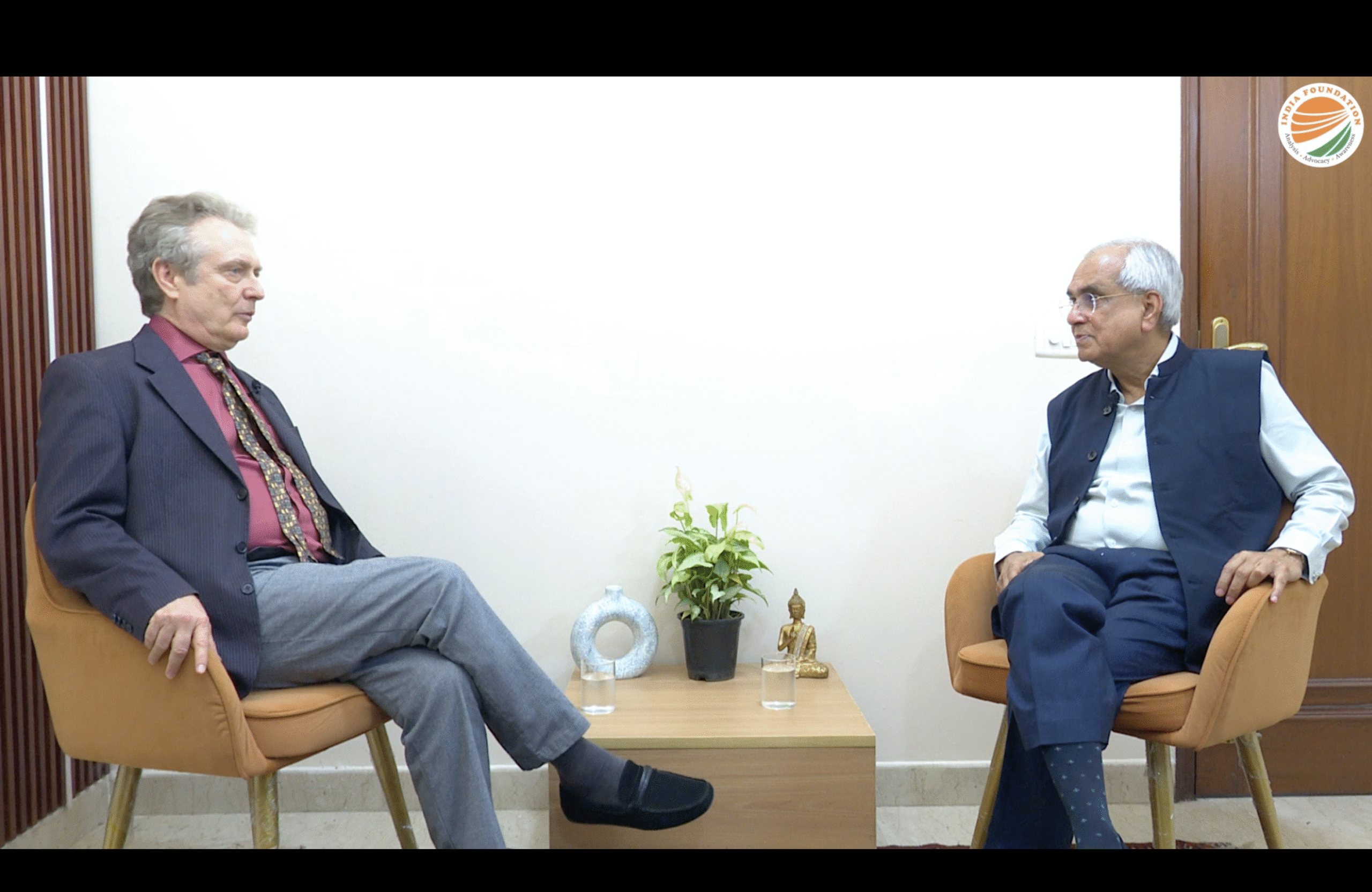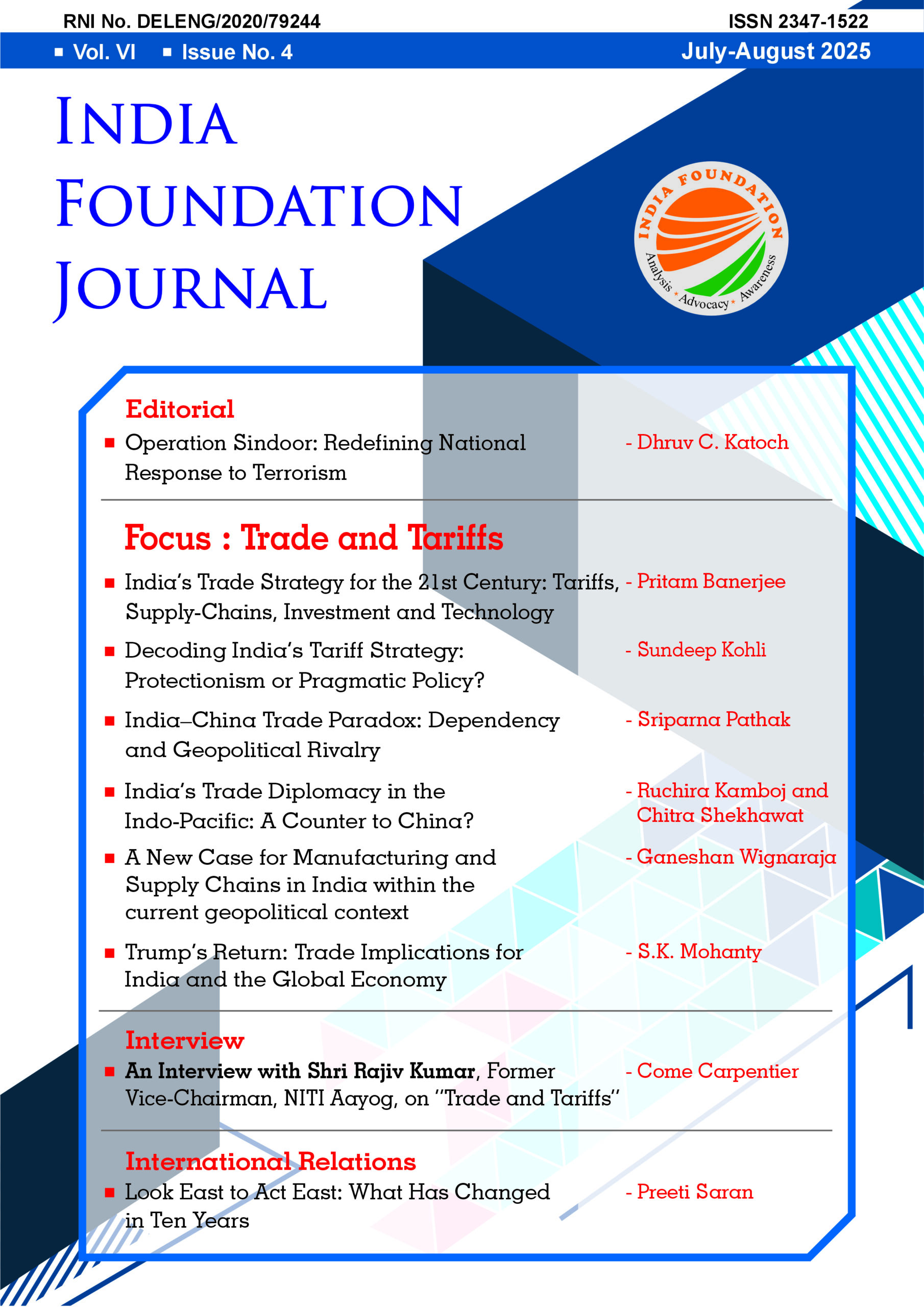The World Health Organization (WHO) has declared Sri Lanka to be Malaria-free by certifying that the life-threatening disease which long affected the island nation has been completely eliminated. The announcement was made at the 69th session of WHO Regional Committee for South East Asia held in Colombo this month (September2016). ‘Sri Lanka’s achievement is truly remarkable. In the mid-20th century it was among the most malaria-affected countries, but now it is malaria-free’, noted WHO Regional Director, Dr. Poonam Khetrapal Singh.
Sri Lanka and Malaria
“Malaria, the bane of the Island and protean in its forms, claimed about the usual number of victims, especially in less advanced provinces. The mortality large as it is, is not the only evil. Every death represents many attacks, meaning an incalculable amount of suffering and racial deterioration and sapping of life and vigour of the people” – Census of Ceylon, 1901
Malaria had been thesubject of attention from early colonial times and has found references in the literature as ‘agues and fevers’ until thetwentieth century when it came to be popularly called as Malaria. It came to recognition as a killer disease in 1934-35 when it affected many parts of the country and caused an estimated death toll of around 1,00,000 people within the space of 8 months. That translates to 1.5% of total population of Sri Lanka i.e., 5.5 million during that time. Sri Lanka’s fight against malaria completed 100 years in 2011. It launched Anti-Malaria Campaign (AMC) in 1911 and since then, it has been responsible for the control of the disease in the country. Currently, it is a specialised campaign run by Ministry of Health, Sri Lanka. The main objectives of this programme were to eliminate indigenous P. falciparum malaria transmission by the end 2012 and indigenous P. vivax malaria transmission by 2014; to maintain zero mortality from malaria and to prevent reintroduction of malaria into the country. As a result, since October 2012 the indigenous cases were down to zero. But the road to malaria elimination was tough and unique and therefore can serve as amodelfor other nations who are still grappling with the disease including India.
After three decades of thefight against malaria since 1934 epidemic, the number of cases were down to just 17 in 1963 with zero mortality. But Sri Lanka failed to sustain control measures due to lack of funds or funds being directed to other programmes which led to resurgence of malaria epidemic in various parts of the country. The number of malaria cases recorded in 1967 and 1968 was 3,466 and 4, 40,644 respectively.
It is only after theresurgence of malaria in the 1960s and 1970s that Sri Lanka realised the complexities in controlling the disease and adjusted its strategies tobecome highly effective. It started focusing on targeting parasite along with conventional methods of DDT application for killing the mosquito. Mobile malaria clinics were also set up in order to diagnose people in the early stages to prevent further transmission. Effective surveillance, implementing epidemic preparedness and response strategies were part of the campaign that brought down cases to less than 1000 by the year 2006. It required government’s will to control the epidemic outbreaks even during the decades’ long conflict during the 1990s and 2000s.
India and Malaria
In India too, malaria is a serious health problem in various parts of the country. The malaria-affected regions are evenly distributed across India and about 95% population resides in malaria endemic areas.Further, 80% of malaria are reported from areas where only 20% of thepopulationresides, namely tribal, hilly, difficult and inaccessible areas. Despite all challenges, India has made progress in tackling malaria by reducing the number of cases from 2 million in 2000 to 882,000 in 2013. India aims to eliminate malaria completely by 2030 through National Framework for Malaria Elimination (NFME) in India 2016-2030 which was developed after extensive consultations with officials from the Ministry of Health and Family Welfare’s National Vector Borne Disease Control Programme(NVBDCP), experts from the Indian Council of Medical Research, WHO and representatives from civil society institutions.This is in line with WHO’s recently developed Global Technical Strategy for Malaria 2016-2030which advocates global acceleration of malaria elimination efforts by 2030. On similar lines, the Asia Pacific Leaders Malaria Alliance (APLMA), of which India is a member, has set a target for malaria elimination in all countries of Asia Pacific by 2030. The Prime Minister of India, Shri Narendra Modi was among the 18 leaders, who endorsed the APLMA Malaria Elimination Roadmap at the ASEAN summit held in Kuala Lumpur, Malaysia in November 2015.
Image Source: http://nvbdcp.gov.in/malaria3.html
These statistics show how India’s performance has improved in controlling malaria, especially in the last decade. In the last five years, malaria deaths were reduced to less than 1000,though the scenario is far from elimination. The specific strategies that are adopted under the new framework include considering district as a unit of planning and implementation, focussing on high transmission areas and adopting aspecial strategy for elimination of P.vivax cases.
What India can learn from its neighbour?
India contributes to 70% of the total malaria cases in the South East Asia region of which Sri Lanka now contributes zero. Therefore, the success story of Sri Lanka is worth having a look. One of the major challenges in malaria control according to Health Ministry is insecticide resistance. The extensive usage of insecticides, particularly DDT, under the Vector control programme controlled malaria to a great extent but helped vectors develop resistance. In this regard, Sri Lanka adopted an unorthodox strategy to hunt down on parasites to the last extent possible. The Sri Lanka story tells us that malaria elimination was absolutely a prioritised issue backed up with strong political will. During the times of ethnic conflict, government convinced the LTTE to co-operate with malaria control measures so that last mile delivery of healthcarewas ensured. India too finally gained political commitment after the PM endorsed APLMA roadmap. Mobile malaria clinics were one of the success symbols of Sri Lanka’s anti-malaria campaign. Considering India’s vast territory, it is often difficult to implement mobile measures during population movement between states and union territories. However, these must be implementedin high transmission areas or in least accessible areas.
Malaria is not just a serious health issue, it adversely affects socio-economic conditions of the communities. Hence, India should really accelerate its measures to eliminate the disease as soon as possible. India should prioritise the issue and spend aconsiderable proportion of the country’s overall expenditure on health. India too hopefully learns from its neighbour invoking health diplomacy and get rid of this deadly disease in the coming years.
The author is a Young India Fellow (2016-17) from Ashoka University and an Intern at India Foundation. The views expressed are his own.
References
- National Framework For Malaria Elimination In India (2016-2030) http://www.nvbdcp.gov.in/Doc/National-framework-for-malaria-elimination-in-India-2016%E2%80%932030.pdf
- National Vector Borne Disease Control Programme (NVBDCP)http://nvbdcp.gov.in/malaria3.html
- http://www.malariacampaign.gov.lk/precentation/MalariaInSriLanka.aspx
- http://www.searo.who.int/mediacentre/releases/2016/1631/en/
- Abeyasinghe et al., Malaria Control and Elimination in Sri Lanka: Documenting Progress and Success Factors in a Conflict Setting
- India drives down malaria rates, sets sights on eliminationhttp://www.who.int/features/2015/india-programme-end-malaria/en/
- http://www.who.int/malaria/publications/country-profiles/profile_ind_en.pdf?ua=1
- http://www.who.int/malaria/publications/country-profiles/profile_lka_en.pdf?ua=1





